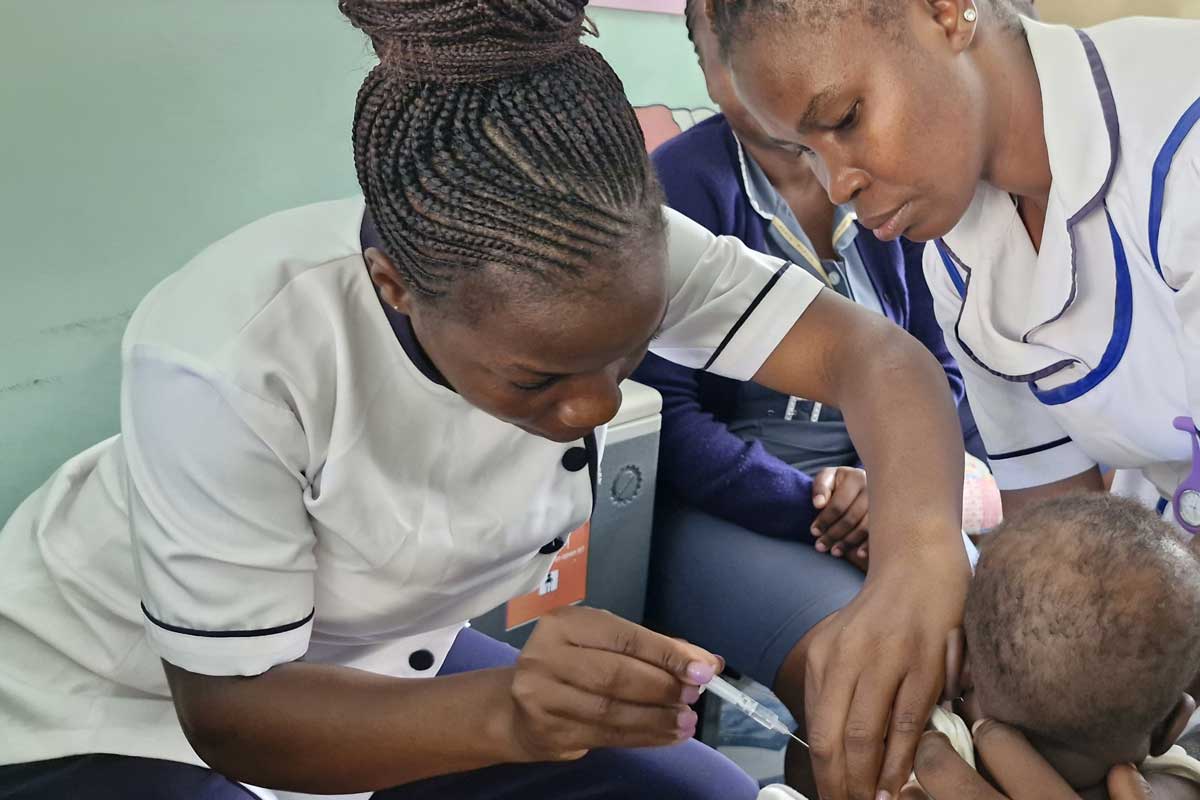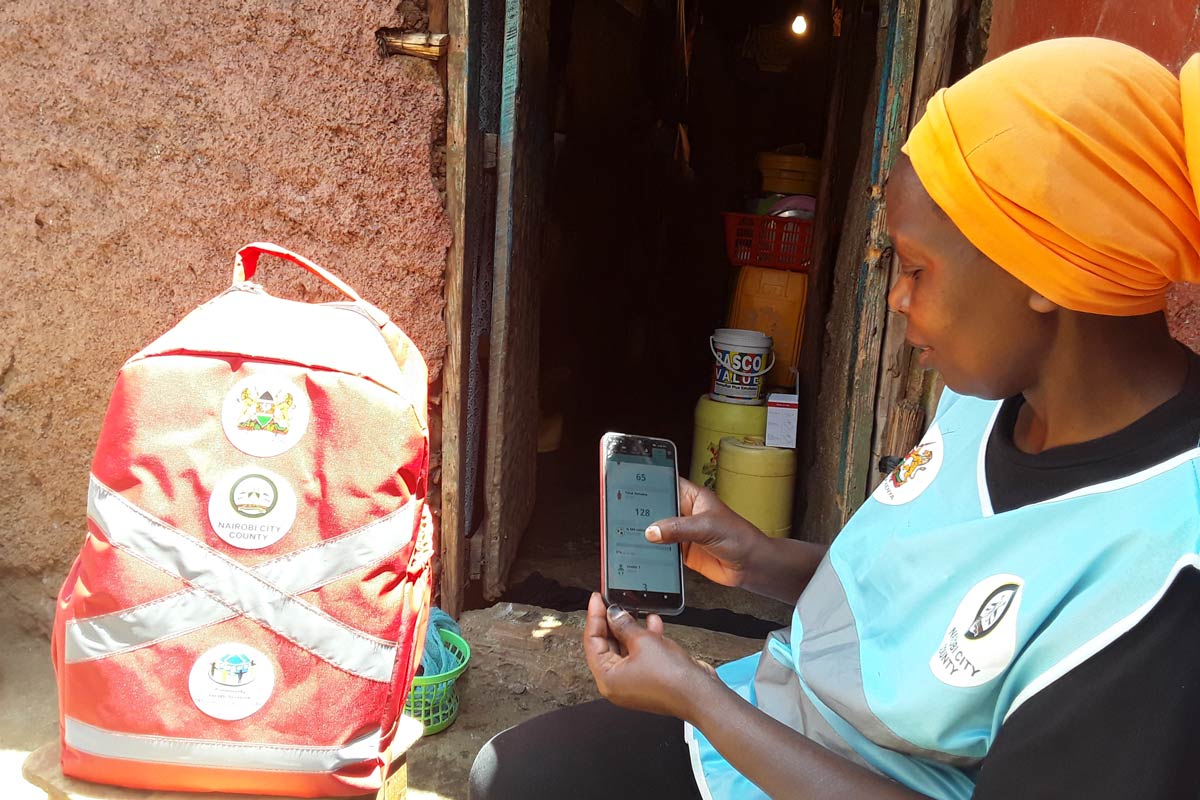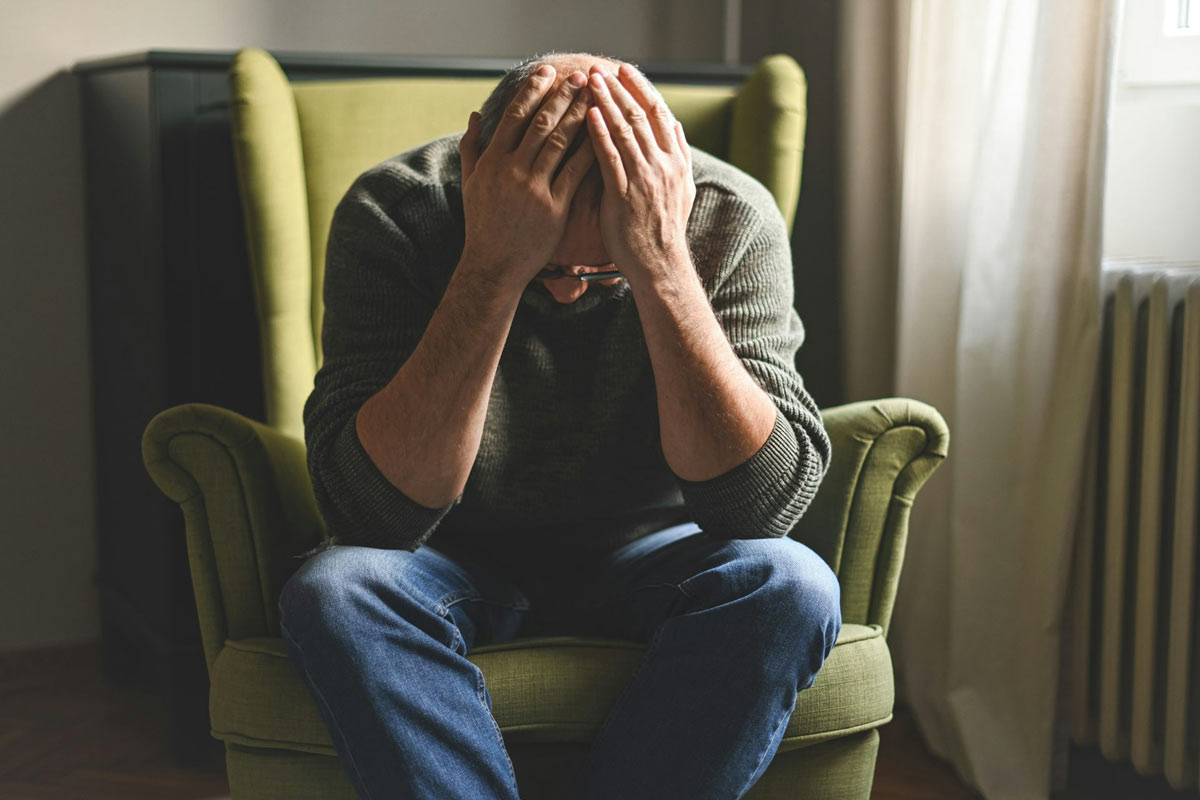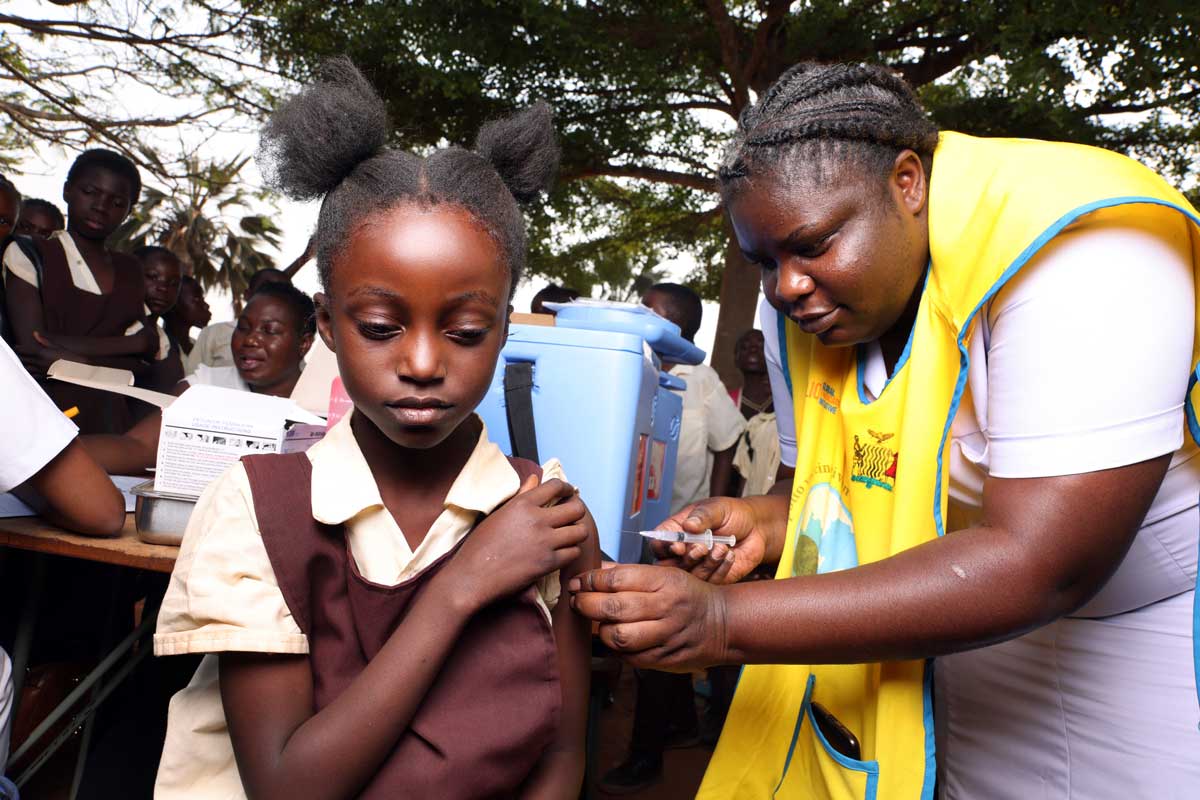In western Kenya, bicycles are changing healthcare
Bicycles donated to community health workers in Busia County are having a measurable impact on the reach of care.
- 22 August 2025
- 5 min read
- by Angeline Anyango
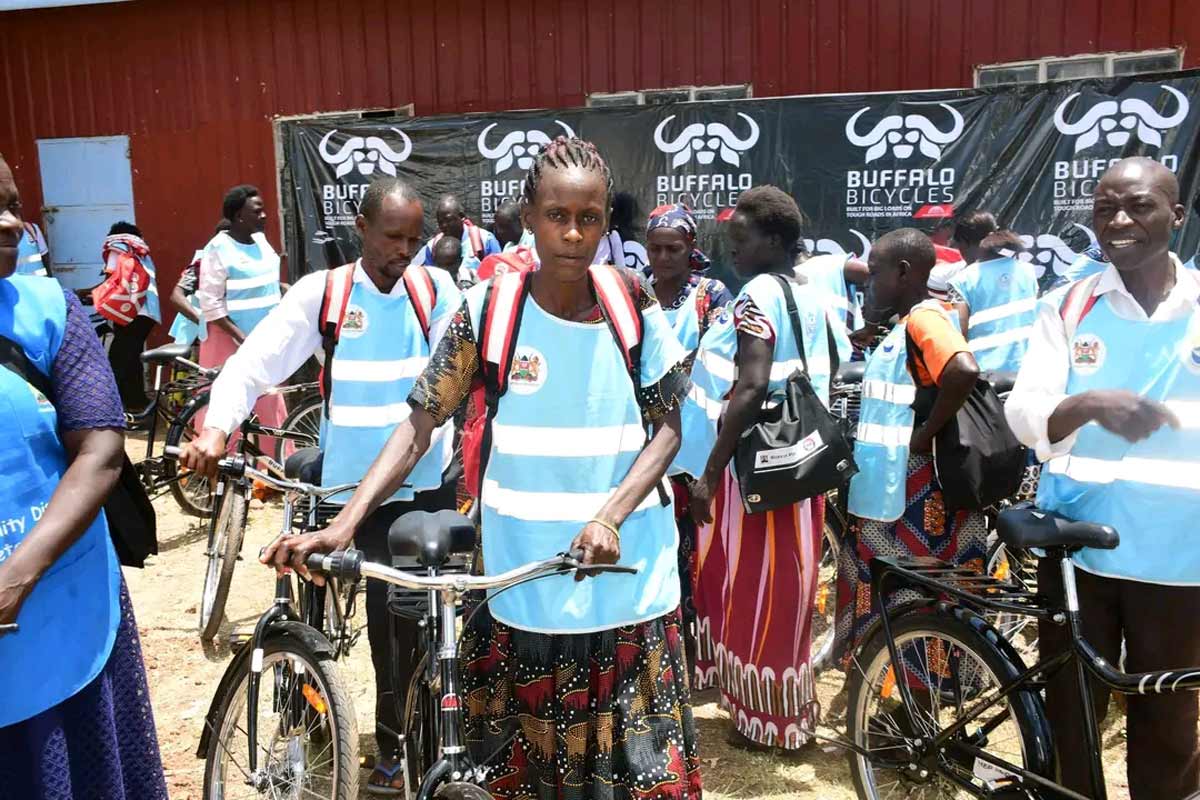
Bicycle-wheel spokes cast spinning shadows on the dirt road as 54-year-old community health promoter (CHP) Simon Itaere pedals along with ease, waving to villagers in their fields.
This is Kamong’ot village, in a sparsely populated portion of Western Kenya’s Busia county, where providing door-to-door healthcare means covering kilometres upon kilometres. It’s a routine Itaere says he has grown fond of: the fact that the village sits on a plain makes movement easier, he casually points out.
At the compound of Jecinta Papai, Itaere props his bike up against a building. Papai ushers him to a shady spot under a tree, where Itaere is due to offer her guidance on the nutrition of her nine-month-old daughter.
First, he checks the child’s immunisation booklet. “I am glad she received the measles vaccine as had been instructed during the last post-natal care appointment,” Itaere says, clearly delighted, handing back the purple book. Soon, he is animatedly miming to Papai how best to hold her baby during breast-feeding, listening to her reports of the child’s first forays into solid food, and talking her through mealtime hygiene.
CHPs like Itaere are the foundation of the national healthcare pyramid – the closest point of care to the home, and often the voice people trust most for advice. But like many community health workers around the world, Kenyan CHPs are often over-stretched and under-resourced. Until recently, one of Itaere’s biggest challenges was simply lacking the means to travel efficiently from house to house.

Healthcare on wheels
Itaere has worked as a CHP to the 108 households of this village since 2004. Until March 2024, visiting all the households before the end of each month was a major challenge – the village is vast, the homes spread out at great distance from each other.
“We also carry heavy bags containing a number of health equipment and hospital supplies on our backs, further making movement more difficult,” says Itaere.
In a single day, he says, he would only be able to visit five to six households.
But in March last year, Itaere was donated a hardy Buffalo Bicycle by a group of organisations, including Living Goods, Amref Health Africa, World Bicycle Relief and the Rotary Club of Busia County, operating in partnership with the County government. The health worker says it has made a huge difference: today he comfortably attends to 13 to 15 households a day.
Itaere is not alone. Alfayo Ogecha, the Teso North Sub County Community Strategy Focal Person says 326 out of the 404 CHPs in his area have bicycles.
“With the bicycles, we are able to achieve 100% household visits. Currently the CHPs are always done visiting 80% of their households by mid-month,” says Ogecha.
Living Goods Chief Executive Officer Emilie Chambert says the primary aim of the bicycle programme is to enhance coverage and timeliness of community health service delivery, reduce the cost of providing care at community level and contribute to improved reproductive, maternal, newborn and child health.
“Since the launch of the bicycles, all the CHPs have reported improved capacity of household visits while another 24% have utilised them for emergency transport,” says Chambert.
She adds, “Referral times for children under the age of five years has improved by 50%, 15% increase of household referrals while the number of treated children under the age of five also increased by 40%”.
Have you read?
Easing the burden
Linet Opili is another health worker whose work of traversing village lanes has been made far easier, thanks to a donated bicycle. The Kabukui–B village CHP says she is especially glad that her new wheels allow her to respond to emergency cases rapidly.
Opili looks after 65 households, and all those families have her phone number and her express encouragement to call her at any time. “At times, I receive distress calls from mothers late in the evening reporting cases of dysentery or suspected malaria. With the help of my bicycle, I am able to move and respond on time,” she says.
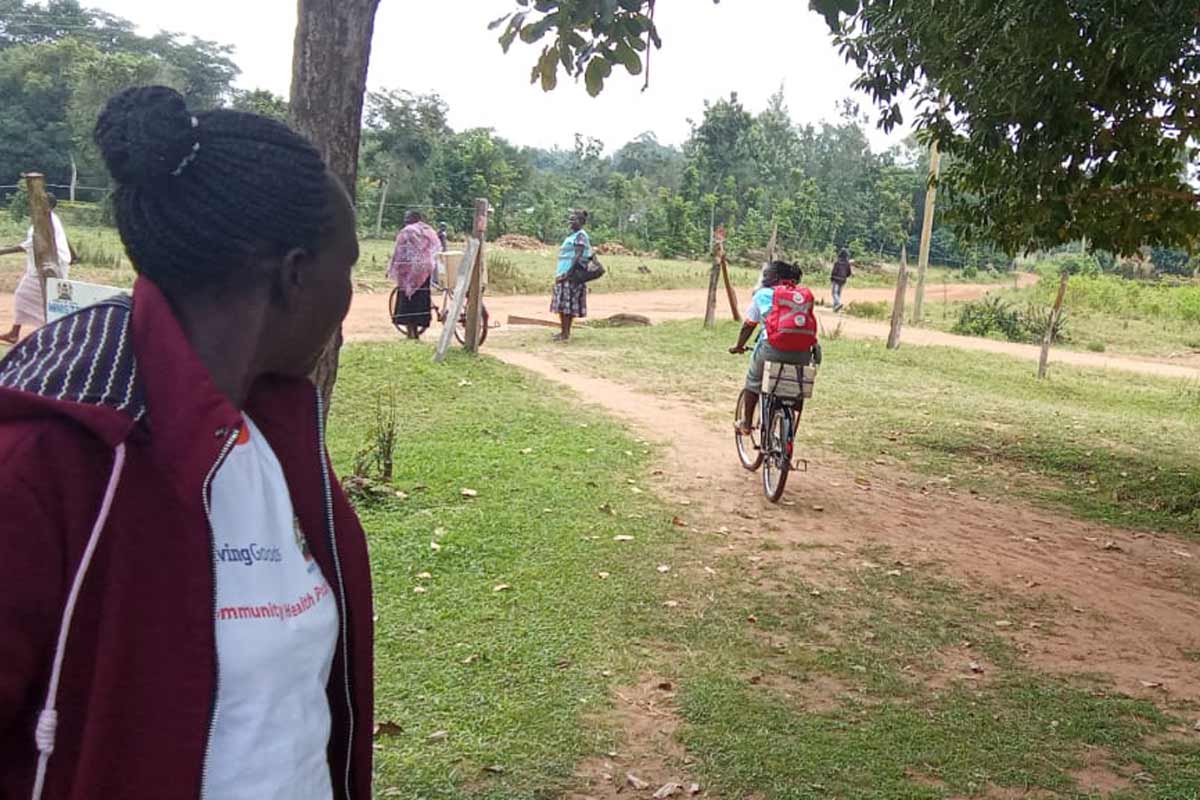
“Our service delivery to the community has greatly improved, the villagers are also more confident in us,” says Opili, adding that she rides the bicycle to collect health supplies at their community dispensary.
Busia County Community Health Services Focal Person Emmanuel Luvai says that equipping the CHPs with a bicycle has also eased the load of carrying their kits – bags containing medical supplies.
“The idea was to ease them from carrying the bags weighing over 10 kilograms, while also allowing them to move over a long distance with ease,” says Luvai. Equipping the CHPs with bicycles is in line with the Ministry of Health initiative to empower the health workers for smooth service delivery, he added.
He reveals that out of the 2,190 CHPs in Busia, the County has been able to equip more than 600 with bicycles.
“We are currently working on proposals to invite organisations to help us equip the remaining over 1,500 CHPs before the end of 2026,” he said.
